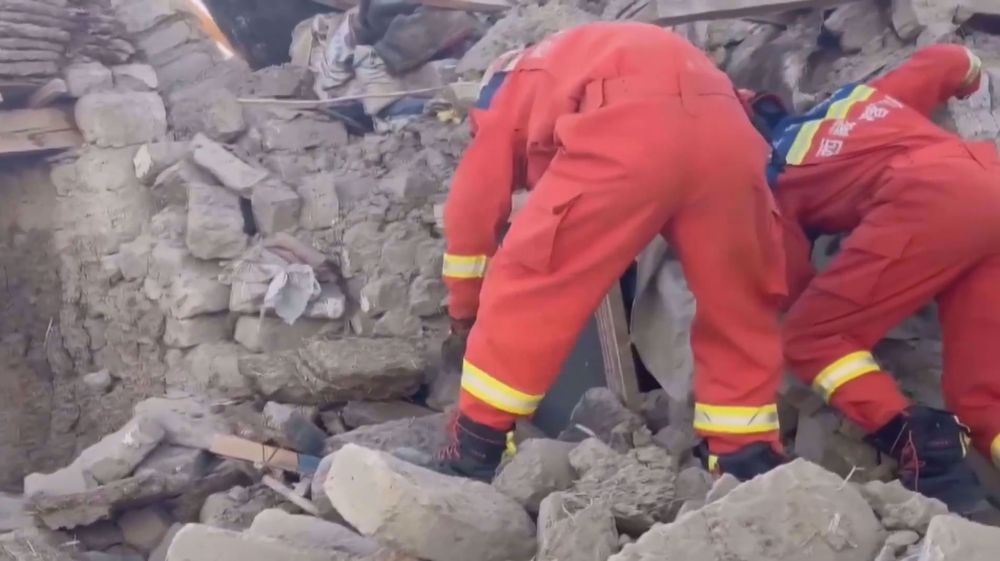Water, ice and fire: Volcanic national park bids for UNESCO status
A volcanic national park in Iceland is hoping to gain UNESCO World Heritage Status, when a UN committee meets in Baku, Azerbaijan next week.
The Vatnajokull National Park is the largest national park in Europe, covering 14 percent of Iceland. But its landscape is rapidly changing, as its ice caps retreat in response to global warming.
The glacier is Iceland's largest - and the largest ice cap by volume in Europe. Melt water from the glaciers power Iceland's longest and most powerful rivers. The elements are represented in Iceland's flag - colours of blue, white and red: water, ice and fire.
During the last century, Vatnajokull lost ten percent of its volume. Its outlet glaciers are currently retreating at an unprecedented rate due to a warming climate.
The park's nomination report - a 362-page document issued ahead of the UNESCO vote - says the region marked the frontline of climate change.
The area is divided into a southern region, with an outlet glacier stretching towards the North Atlantic Ocean, and the northern highland interior, shaped by volcanic activity. To circle the massive 12,850 square-kilometre park region by car, it takes days, often on rugged roads.
Two years before the first Moon landing, Neil Armstrong and other prospective spacemen visited the area to study its geology. In the middle of Iceland's highlands, NASA found a parallel lunar landscape - no vegetation, no life, no colours, no landmarks. Nine of the twelve men who set foot on the moon between 1969 and 1972 first visited Iceland to study its geology. The idea being that it would help them understand the moon's geology during their lunar trip. The volcanism is clearly visible from the air.
If granted World Heritage Status, Vatnajökull National Park would be the third Icelandic site to achieve the status. Surtsey island, formed in a 1963 volcanic eruption under the sea, was declared a World Heritage Site for its scientific value of monitoring the birth of life on a completely new island landmass. Thingvellir National Park, where Iceland's parliament Althing was established in 930, is a cultural site.
With over a million visitors annually, tourism in Vatnajökull National Park is concentrated to a few popular sites. The most popular is Jokulsarlon, a large lagoon with icebergs calving from the glacier. Another is the Svartifoss waterfall with black basalt rocks in the middle of a birch tree forest.
(Source: AP)
Hamas thanks Iran, Resistance Front following achievement of ceasefire in Gaza
'Capitulation': Israeli officials and media concede Gaza defeat as truce unfolds
'Gaza has won': Social media users react to ceasefire with mix of relief, joy
Iran seeks South Korea’s assistance for AI, fiber-optic projects
VIDEO | Iran's 'Eqtedar' (Power) maneuver
Israel hits HTS military target in Syria for 1st time since fall of Assad
VIDEO | Press TV's news headlines
Israel has slaughtered 13,000 students in Gaza, West Bank









 This makes it easy to access the Press TV website
This makes it easy to access the Press TV website